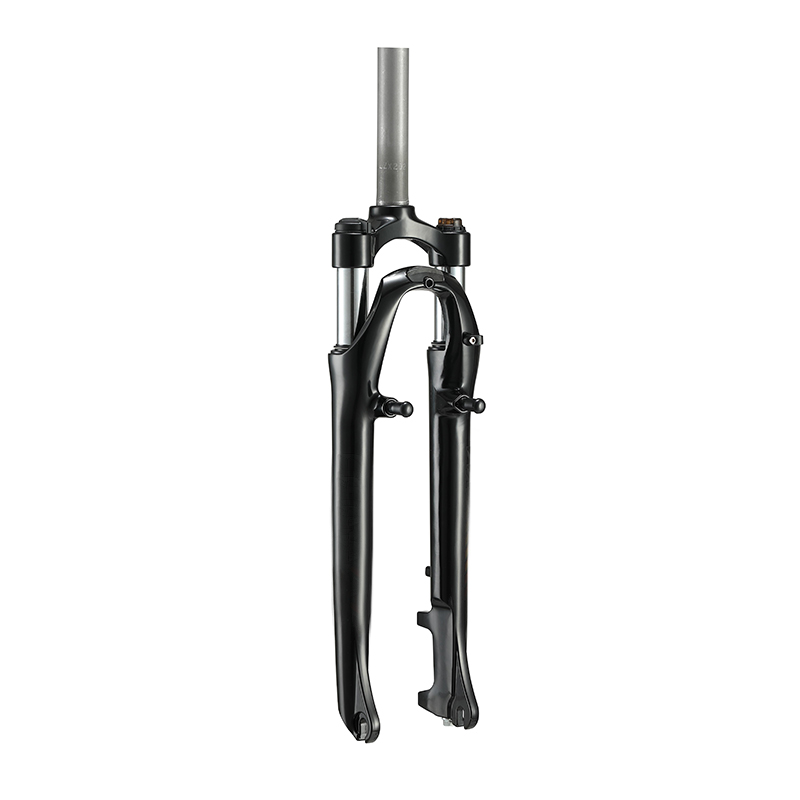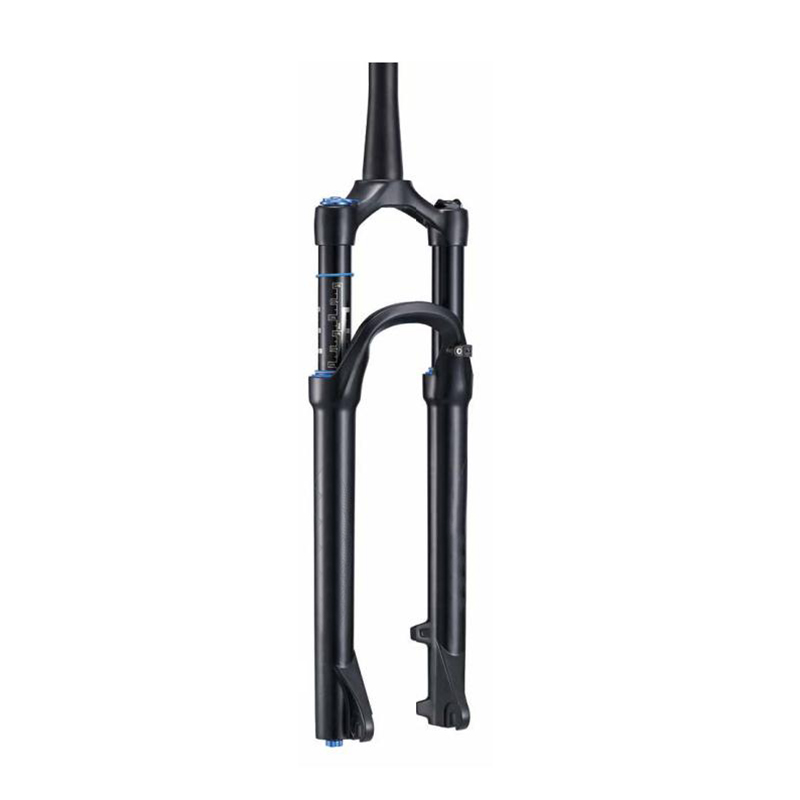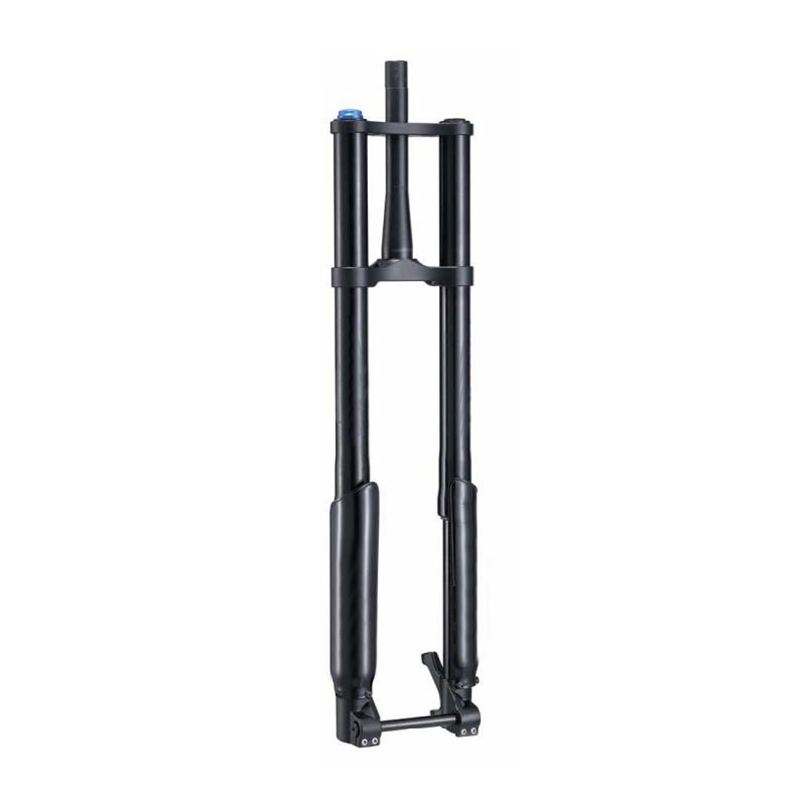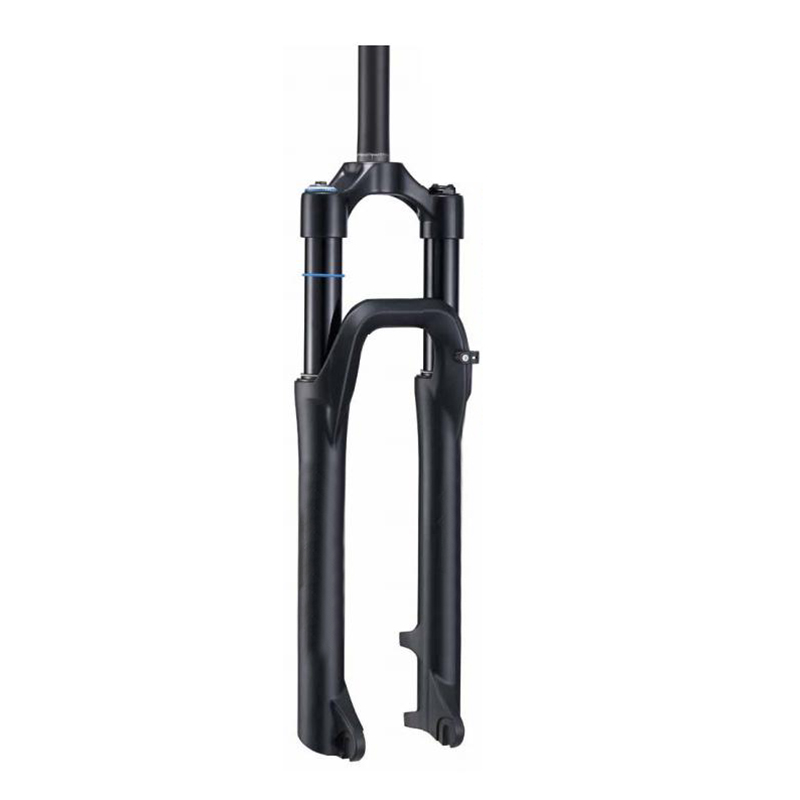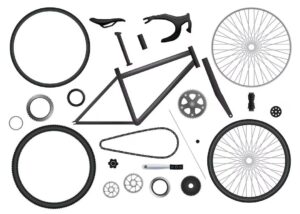Um sistema de suspensão adequado para sua bicicleta é crucial para otimizar o desempenho e melhorar sua experiência de pilotagem. Nesta comparação abrangente de hidráulico VS Air Fork, Nós nos aprofundamos em seus meandros para ajudá -lo a tomar uma decisão informada.
O que é um garfo hidráulico?
Um garfo hidráulico é um sistema de suspensão que utiliza líquido hidráulico para absorver choques e vibrações encontradas durante o ciclismo. Consiste em um conjunto de tubos telescópicos contendo um pistão e líquido hidráulico, que amortece o movimento do garfo em resposta a impactos.
Como funciona o garfo hidráulico?
Quando o garfo encontra uma colisão ou obstáculo, O líquido hidráulico é forçado por pequenos canais ou válvulas dentro do garfo, criando resistência e amortecimento do movimento. Esta ação de amortecimento ajuda a manter a estabilidade e o controle, garantindo um passeio mais suave sobre terrenos acidentados.
Prós e contras de usar garfos hidráulicos
Prós:
- Recursos aprimorados de amortecimento: Os garfos hidráulicos oferecem desempenho superior de amortecimento, Fornecendo um passeio de pelúcia e controlado por vários tipos de terrenos.
- Desempenho consistente em condições variadas: Os garfos hidráulicos são menos afetados por mudanças de temperatura e condições de pilotagem, proporcionando desempenho confiável, independentemente dos fatores externos.
Contras:
- Requisitos de manutenção: Os garfos hidráulicos requerem manutenção regular, incluindo a substituição de vedações de óleo e fluido, Para garantir o desempenho e a longevidade ideais.
- Ajuste limitado: Comparado aos Forks Air, Os garfos hidráulicos oferecem ajuste limitado, tornando-o desafiador para ajustar as configurações de suspensão para preferências individuais.
Quem prefere garfos hidráulicos?
Os garfos hidráulicos são favorecidos pelos pilotos que priorizam a luxuosa, controlar, e confiabilidade em seu sistema de suspensão. Eles são particularmente populares entre os pilotos em declive, entusiastas de enduro, e pilotos de trilhas que buscam desempenho consistente em terrenos desafiadores.
O que é um garfo de ar?
Um garfo de ar é um sistema de suspensão que utiliza ar comprimido para fornecer amortecimento e absorção de choque durante o ciclismo. Consiste em uma câmara cheia de ar, que pode ser ajustado para alterar a taxa de primavera do garfo e o desempenho geral.
Como funciona o garfo de ar?
Quando a pressão do ar é ajustada dentro do garfo, o volume de compressas de ar ou expansão, afetando a taxa de primavera e a rigidez do garfo. Ajustando a pressão do ar, Os pilotos podem personalizar o desempenho do garfo para se adequar ao seu estilo de pilotagem e preferências de terreno.
Prós e contras de usar garfos de ar
Prós:
- Design leve: Os garfos de ar são tipicamente mais leves que os garfos hidráulicos, reduzindo o peso geral da bicicleta e melhorando a agilidade e manobrabilidade.
- Pressão de ar ajustável para desempenho personalizável: Os pilotos podem ajustar a taxa de primavera do garfo e a capacidade de resposta ajustando a pressão do ar, permitindo configurações de suspensão personalizadas.
Contras:
- Suscetibilidade a vazamentos: Os garfos de ar são propensos a desenvolver vazamentos na câmara de ar ou focas, que pode comprometer o desempenho e requer manutenção.
- Potencial para o fundo do fundo: Em condições extremas de pilotagem ou com pressão de ar insuficiente, Os garfos de ar podem fazer o fundo, levando a impactos severos e redução da eficácia da suspensão.
Quem prefere os garfos de ar?
Os garfos de ar são preferidos pelos pilotos que priorizam um garfo de suspensão orçamentária, Construção leve, Tunabilidade, e capacidade de resposta em seu sistema de suspensão. Eles são comumente usados em corridas de cross-country, Maratona andando, e outras disciplinas onde a economia de peso e o desempenho ajustado são críticos.
Qual é a diferença entre suspensão hidráulica e aérea?
Além de suas características de design e operação, É essencial entender suas diferenças de desempenho e maneiras de mantê -los. Para aprender mais, você pode saber melhor o que o garfo se encaixa na sua bicicleta.
Comparação de desempenho
| Desempenho | Garfos hidráulicos | Forks de ar |
| Impacto na qualidade do passeio | Tendem a exigir menos manutenção e são menos propensos a vazamentos | Pode oferecer personalização, mas pode exigir mais ajustes |
| Características de manuseio | Desempenho consistente em condições variadas | Manuseio responsivo, pode exigir ajustes mais frequentes |
| Durabilidade e longevidade | O manuseio responsivo pode exigir ajustes mais frequentes | Propenso a vazamentos e pode exigir mais manutenção |
Maneiras diferentes de manutenção e manutenção
- O cronograma de manutenção recomendado para garfos hidráulicos inclui a substituição de vedações de óleo e fluido periodicamente e sangramento do sistema para remover bolhas de ar.
- O cronograma de manutenção recomendado para garfos de ar envolve a verificação da pressão do ar regularmente e atendendo a vedações de ar para evitar vazamentos e manter o desempenho ideal.
Fonte do fabricante de garfo de bicicleta confiável
No confronto final entre o hidráulico Vs Air Fork, Ambos os sistemas de suspensão oferecem vantagens e considerações exclusivas. Se você prioriza a pelúcia, controlar, ou ajuste, Selecionar o garfo certo pode afetar significativamente sua experiência de pilotagem.
Mas lembre -se, É essencial escolher um fabricante de garfo de bicicleta respeitável como BRILHE LOGO conhecido por qualidade, confiabilidade, e suporte ao cliente ao selecionar um garfo de suspensão para sua bicicleta. Adquirindo seu garfo de uma marca confiável, Você pode garantir uma experiência de propriedade satisfatória e desfrutar de tranquilidade, sabendo que seu sistema de suspensão é construído para durar.

